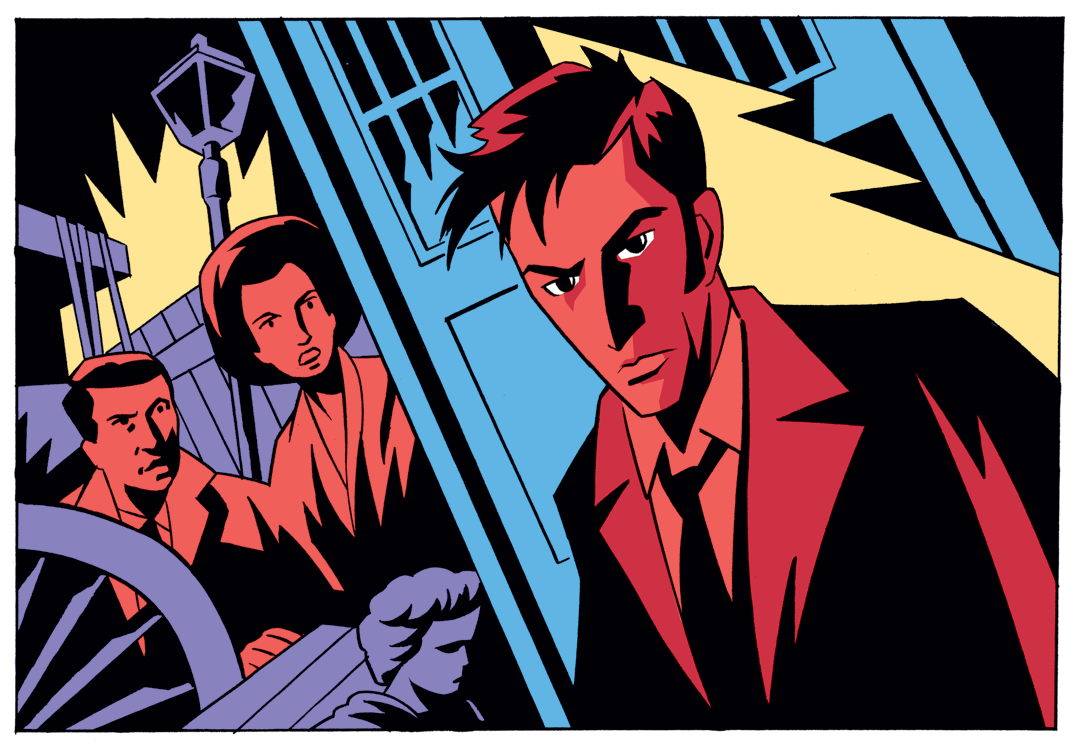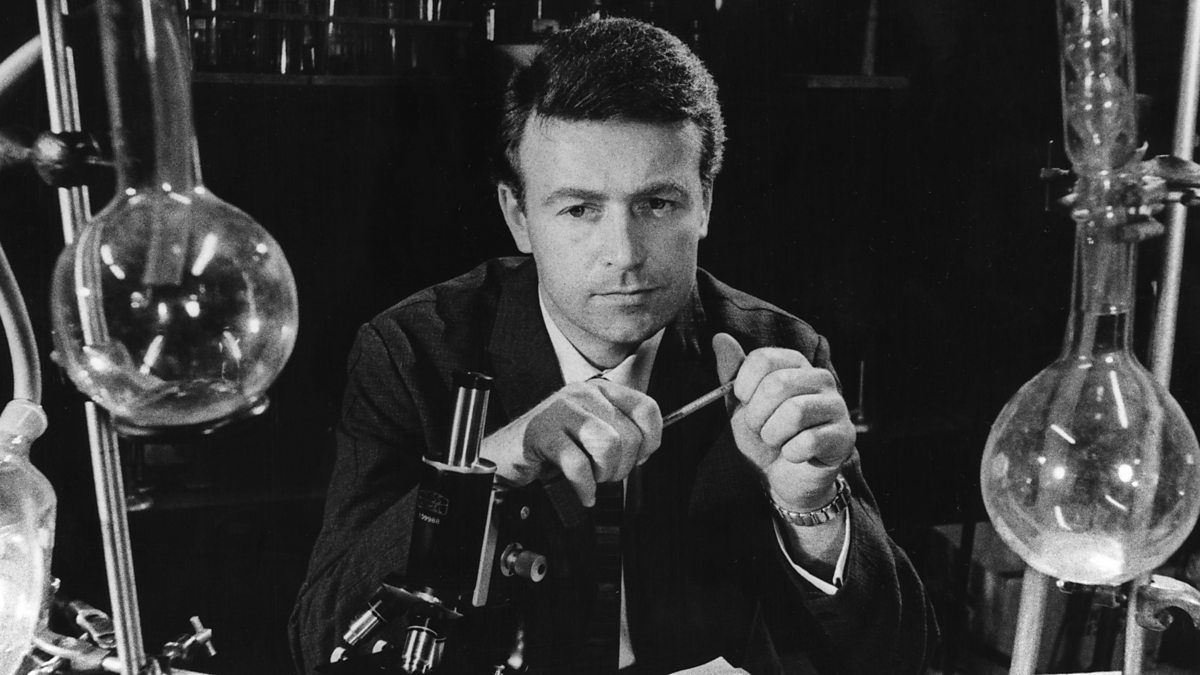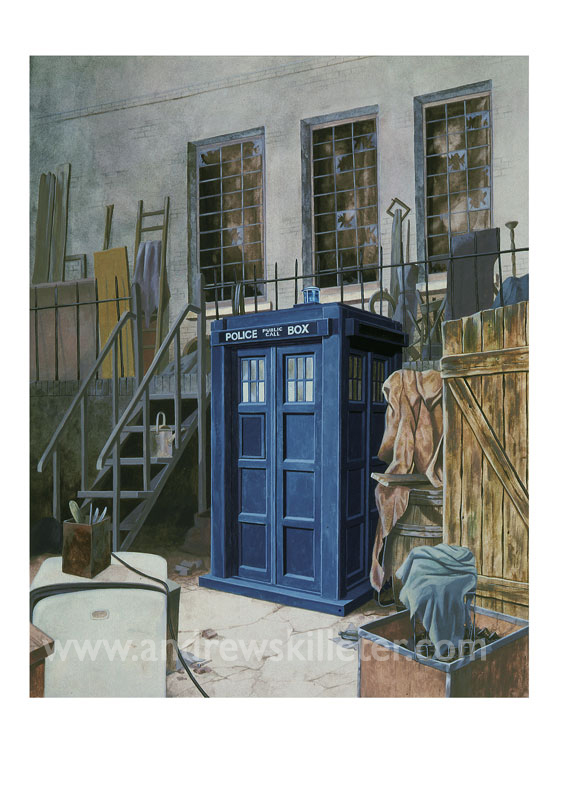


I choose to believe, with little evidence, that this is what’s happening here.

I had an English teacher who used to give a colleague “a lift home” – they ended up married. “I’m giving Miss Wright a lift home,” Ian suggests at one point, the line that cemented my own theory. It’s like they know each other well, but don’t feel the need to be careful or cautious. Consider they way they interact with one another, playful – but not too flirtatious. In fact, I tend to believe they were a couple during the trip, at least somewhat loosely (it is the sixties, after all, and Ian is cool enough to know his rock ‘n’ roll). I like the theory, which is complete fan fiction, that Ian and Barbara got married after they left the TARDIS. He offers, “I’ll have to carry you!” In fact, Ian fits so naturally into the role of the hero of the piece that the Doctor observes, “You seem to have elected yourself leader of this little party.” When the Doctor slows the group down, it’s Ian who volunteers to assist, when the Doctor would likely have abandoned him had their roles been reversed. After all, Ian is very much the hero of the piece. It’s actually quite clear from the outset that Ian and Barbara are supposed to be our protagonists, with Susan and her grandfather merely serving as a plot device. More than that, the story features the TARDIS crew learning to work together in same way that the cave men are implied to need to learn to work together. They are connected thematically, with Ian and Barbara’s confusion when confronted by the Doctor’s advanced science effectively mirrored in the confusion that the cave men feel when confronted with something as basic as fire – the pilot is linked to the remaining three episodes by that central theme, as well as an attempt to define the four characters that will be headlining this tea-time drama. However, I think that it’s apt to consider all four parts to be the story, and not just because the four episodes share the same writer (they did not, at this early stage, share the same title). It is frequently suggested that the adventure is made up of a one-part story and a three-part story, an assertion supported by the fact that the intended opening script, The Giants, was replaced at close to the last minute. The first of the four parts is a fairly conventional pilot, introducing the cast and the basic concepts before the adventure really begins. Of course, such communication is necessary for drama, but it seems a bit much to try to argue it’s excessively educational.Īnyway, that minor quibble aside, it’s actually a fairly decent little story. I find it quite difficult that they’d be able to converse amongst themselves this fluently, let alone have a language capable of translation. I’m more curious about the capacity of these dirty humans to articulate concepts and ideas as advanced as these characters seem to do. I’m not objecting to the fact that they speak English – after all, the show has some techno-babble to handwave translation to speed up the plot. I’m talking about things like the fact the cavemen can speak. I’m not even going to make cheap shots about the fact that you can very clearly see the underwear that the cavemen are wearing.
#Docxtor who an unearthly child series#
Don’t get me wrong, I adore the use of high concept science-fiction, and I love the idea that anybody might be interested in the techno-babble and meta-physics on the show to pick up a Stephen Hawking book, but I really don’t think that An Unearthly Child stands as a promising start for a series designed to teach kids about history. In hindsight, I’m never convinced that an educational Doctor Who could ever really have worked. Of course, the second story ( The Daleks or The Mutants, depending on who you ask) would change all that and have at least as much impact on the direction of the show as this four-part trip back to pre-historic earth. Verity Lambert famously insisted that the show would be educational and avoiding all the stereotypical bug-eyed monsters that one might associate with pulp fiction. The show was intended to alternate between historical and science-based stories, reflecting the two teachers on board, and providing all sorts of education to kids. In a way, An Unearthly Child stands as a testament to what the show was intended to be – something quite different from what it actually became, to be honest.


 0 kommentar(er)
0 kommentar(er)
